The Global Cybersecurity Outlook 2025 reveals a critical development in the fight against cyber threats: resilience is no longer evenly distributed, and this disparity is transforming the global risk landscape in real time.
Regional Cybersecurity Gaps Are Growing
In Europe and North America, only 15% of cybersecurity leaders lack confidence in their nation’s ability to respond to a major cyberattack on critical infrastructure. In sharp contrast, this figure rises to 36% in Africa and 42% in Latin America.
These figures are not abstract. They point to a dangerous imbalance in preparedness that is leaving entire regions structurally vulnerable.
Public Institutions Face a Talent and Capability Deficit
The public sector is under particular strain. Thirty-eight percent of public-sector respondents report insufficient cyber resilience, compared to just 10% of private-sector organizations of medium or large size.
The workforce gap is even more alarming. Nearly half (49%) of public institutions report that they lack the necessary cybersecurity talent to meet operational goals — a 33% increase from 2024.
This shortage extends beyond recruitment. It reflects deeper challenges in retaining skilled professionals and investing in long-term cyber capability.
Cyber Complexity Is Escalating — Fast
The 2025 report outlines key drivers of this increasing complexity:
- Accelerating adoption of AI and machine learning
- Fragmented global regulation
- Geopolitical uncertainty and hybrid threats
For executives, the implication is clear: cybersecurity must be integrated into strategic planning, risk management, and leadership agendas.
Leadership in Cyber Resilience Is Now a Strategic Imperative
We are no longer forecasting future threats, we are experiencing the early consequences of fragmented preparedness.
Where cyber workforce development lags, infrastructure is exposed.
Where public investment is delayed, organizational risk increases.
Where international coordination is weak, global vulnerability grows.
The window for building resilience is closing. Organizations that act now strategically and decisively will define the new standard of digital strength.


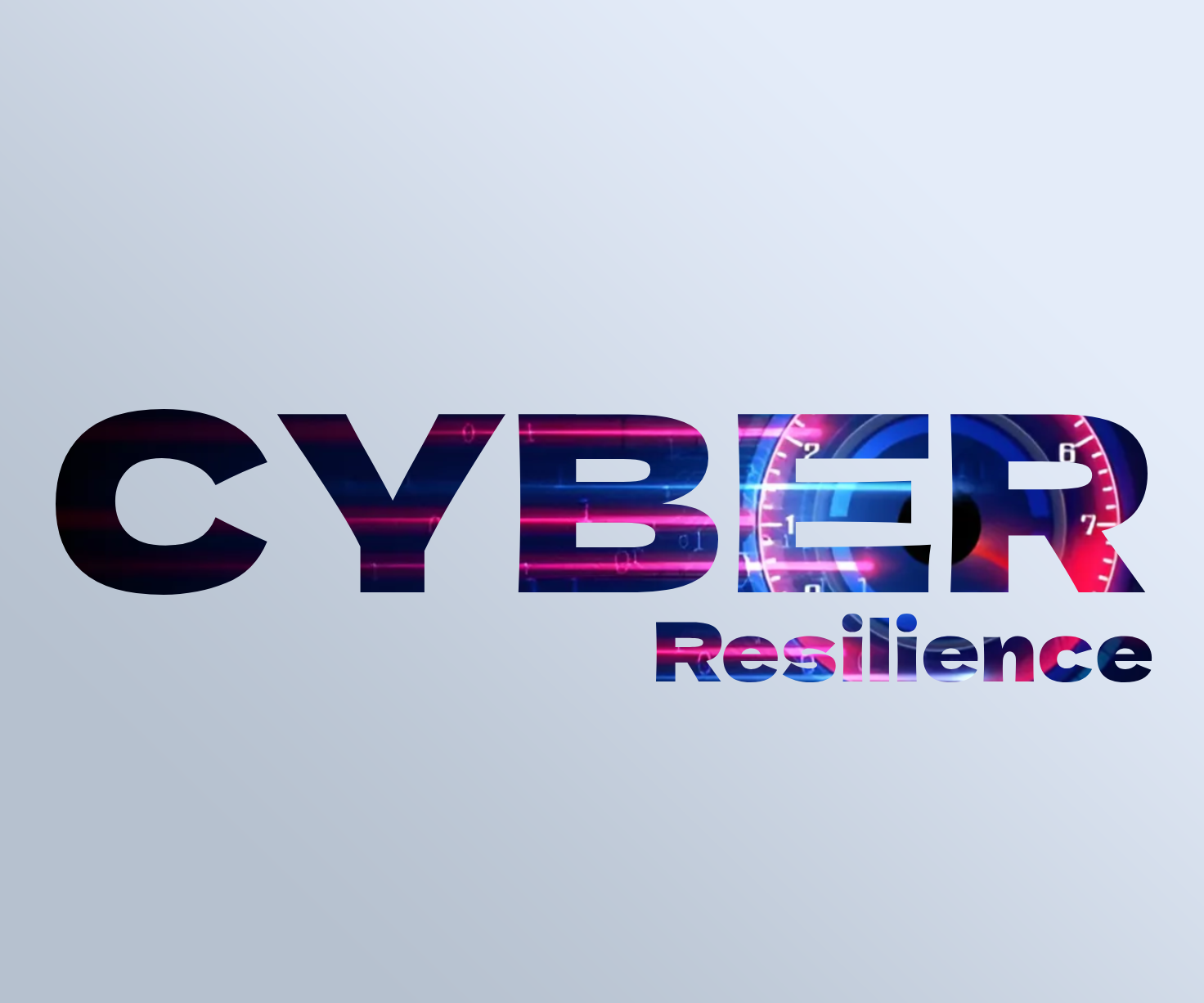
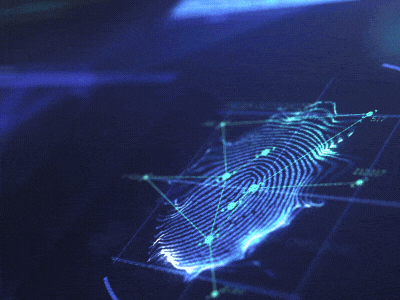



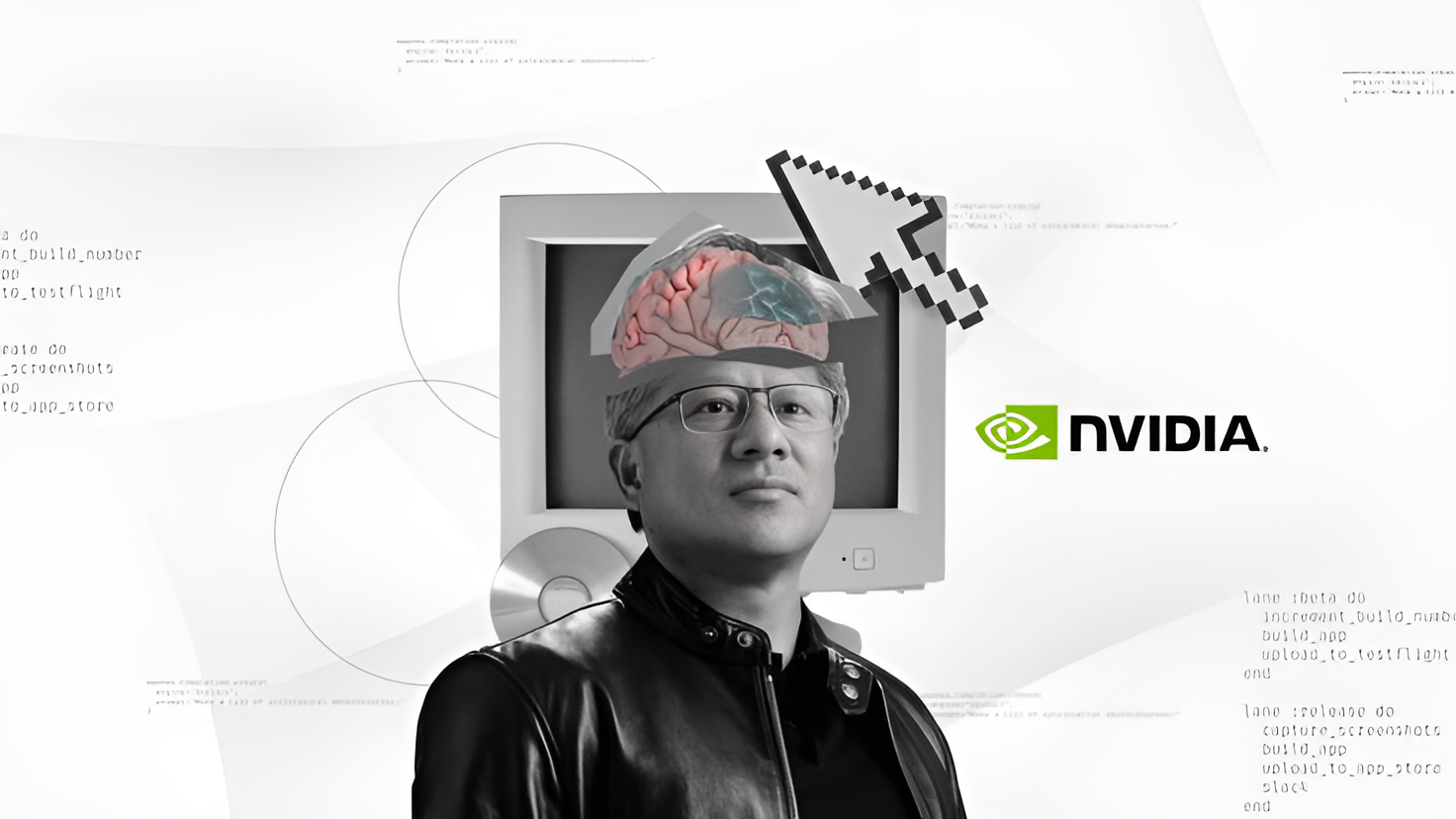







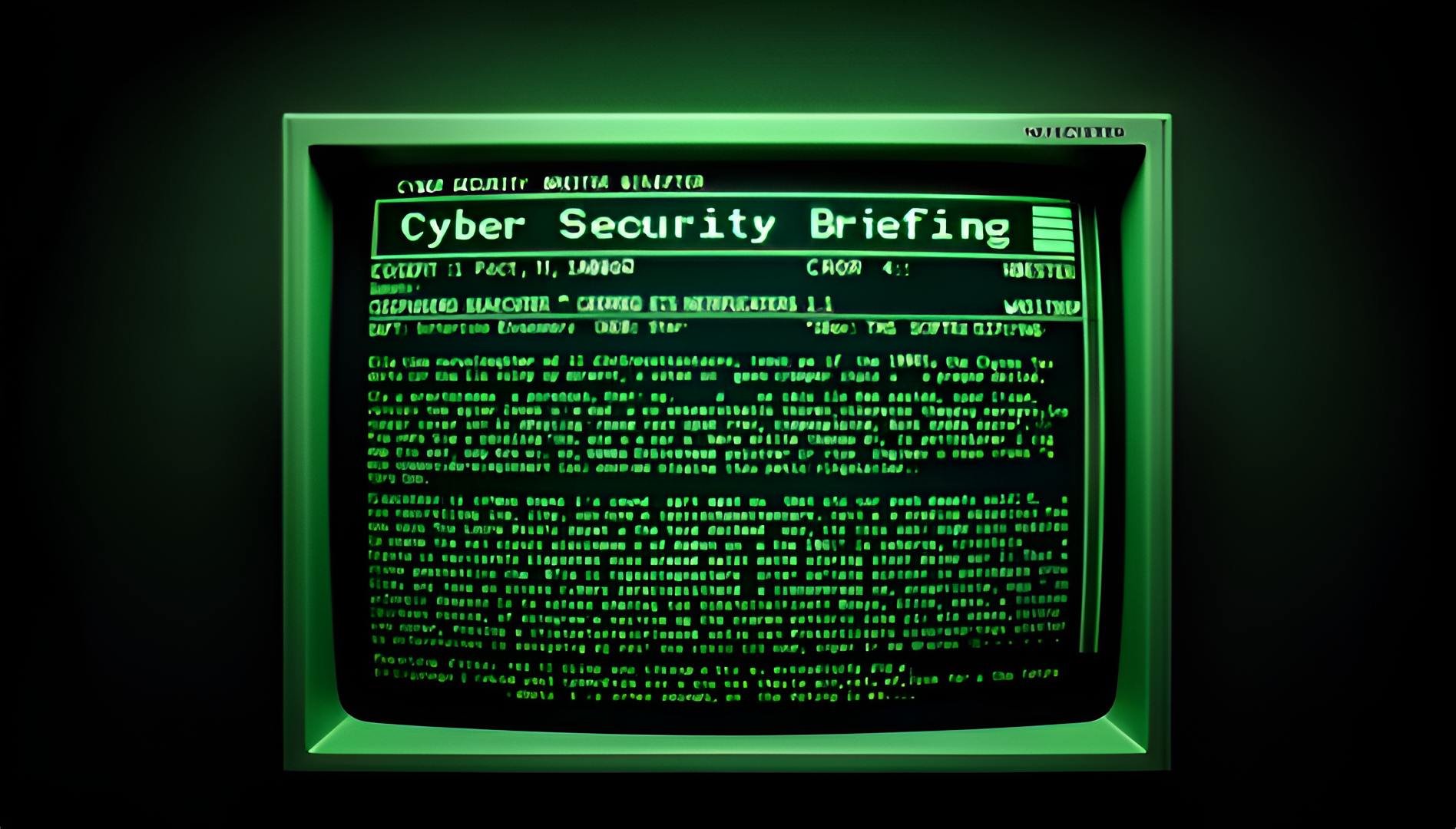




Discussion